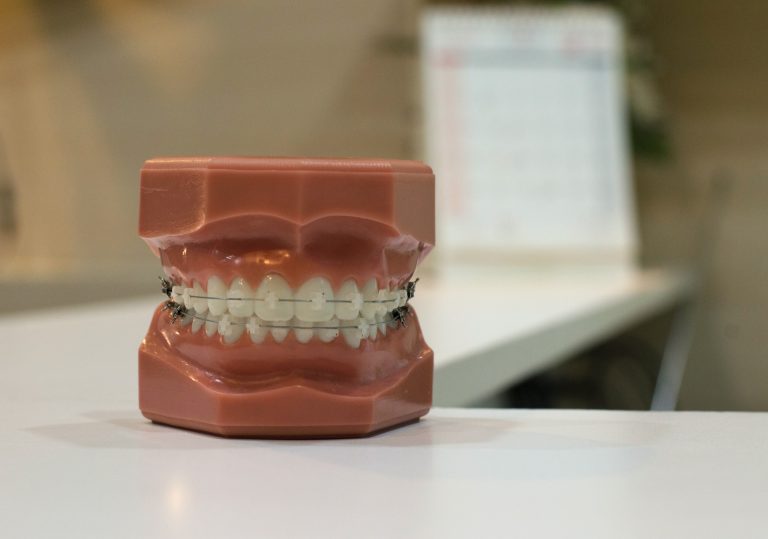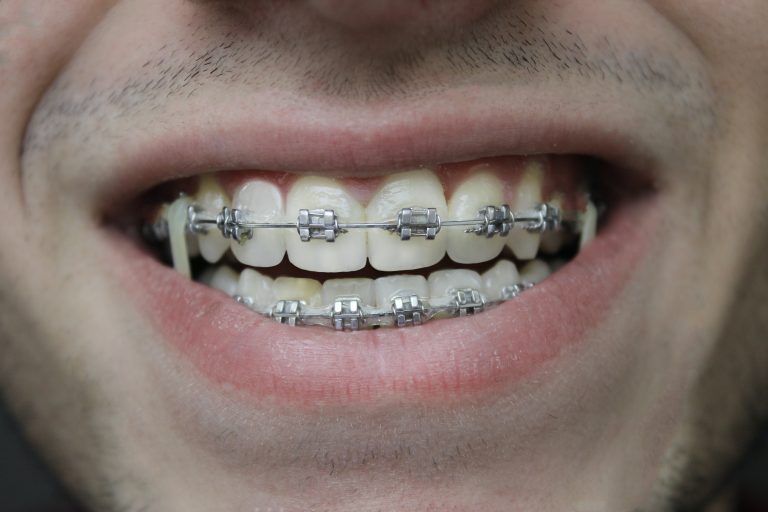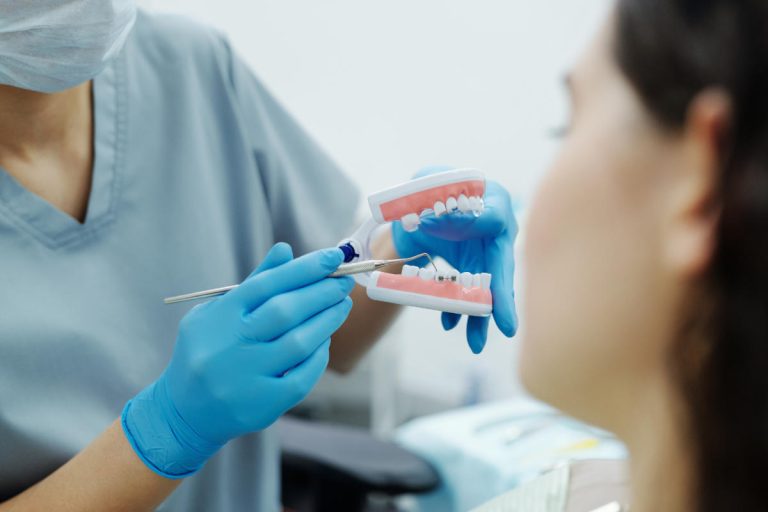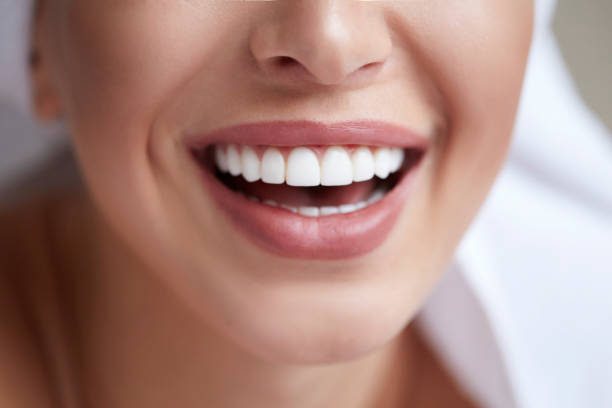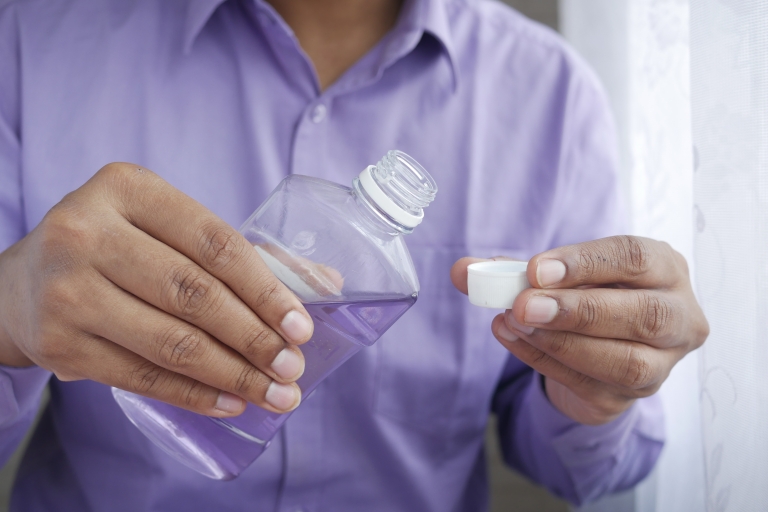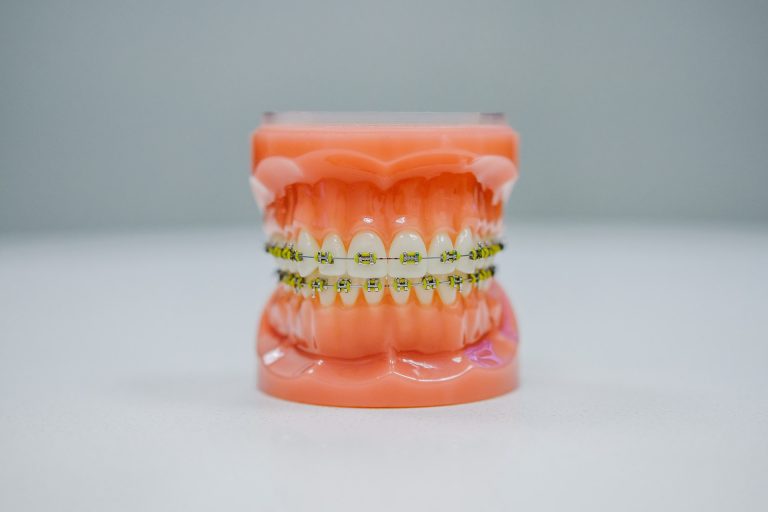Brushing with braces can be tricky. You need extra care and attention to make sure your teeth and braces stay clean. Braces can make it hard to clean certain areas, which can lead to plaque and other dental issues. But you can keep your mouth healthy while wearing braces.
First, you need the right toothbrush. Get a soft-bristled brush so your gums and teeth don’t get hurt. Electric toothbrushes are good for cleaning around the brackets and wires.
When you brush, start by rinsing your mouth with water. Put a pea-sized amount of toothpaste on your brush. Hold it at a 45-degree angle against your gumline. Move the brush in small circles from one tooth to the next.
Focus on brushing around the brackets and wires. You may need an interdental brush or floss threader to clean in between the wires and under the archwires.
Finally, rinse your mouth with water or an antibacterial mouthwash. This helps remove any particles and stops bacteria from growing.
Emily is an example of why brushing with braces is so important. She didn’t brush properly and developed white spots on her teeth when she got her braces off. Her story shows how vital it is to take care of your teeth while wearing braces.
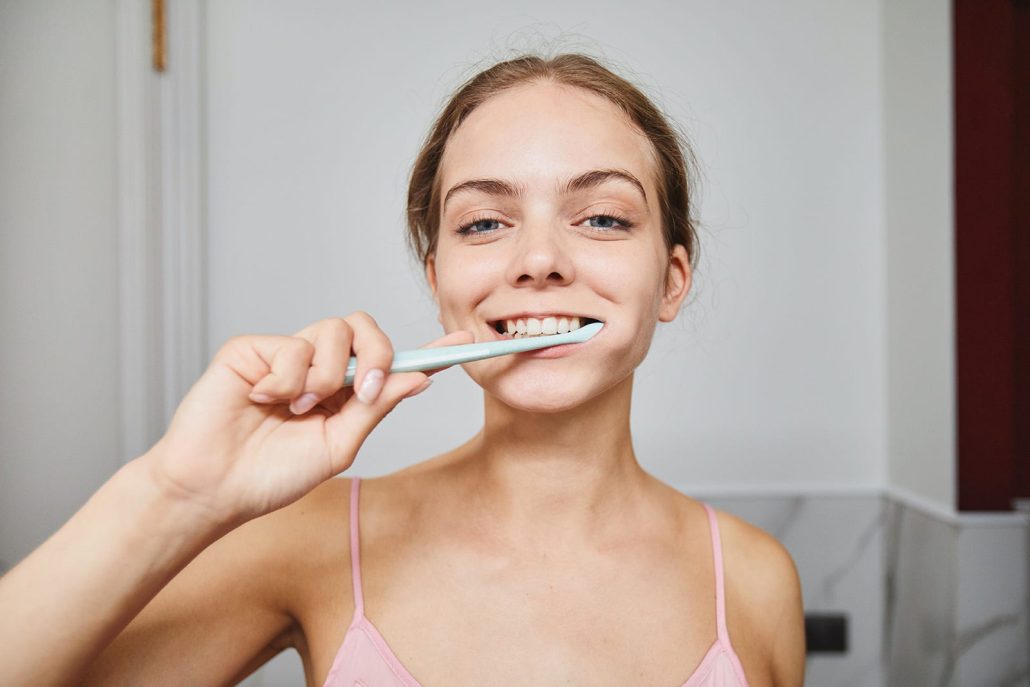
Importance of brushing with braces
It’s super important to keep your mouth clean when you have braces. Not cleaning your teeth can lead to cavities and gum disease. Here are four tips to help you brush better:
- Take your time. Cleaning around the brackets and wires takes extra effort, but it’s worth it.
- Use the right tools. Buy a special orthodontic toothbrush with soft bristles. It’ll help get into all the tiny spaces.
- Don’t forget to floss. An orthodontic floss threader or interdental brush can help you get around the wires and brackets.
- Rinse with mouthwash. Swish a fluoride mouthwash after brushing to get rid of extra bacteria and freshen your breath.
Plus, going to the orthodontist regularly is key. Studies show that people with braces who brush their teeth daily are 50% less likely to get cavities. So, it may take more work, but it’s worth it in the end. Brush, floss, and go to the orthodontist and you’ll have a healthy smile forever!
Preparing for brushing with braces
Choose the right brush for your braces! Opt for a soft-bristled one. Angle it at 45 degrees. Brush in small circular motions, focusing on each tooth and bracket. Don’t forget interdental brushes. They can reach areas that regular toothbrushes can’t. After brushing, rinse your mouth with water or mouthwash.
Maintaining excellent oral hygiene with braces is crucial. Have regular check-ups and cleanings. Improper brushing techniques can lead to dental problems. So, follow proper brushing and take care of your oral health throughout your brace-wearing journey.
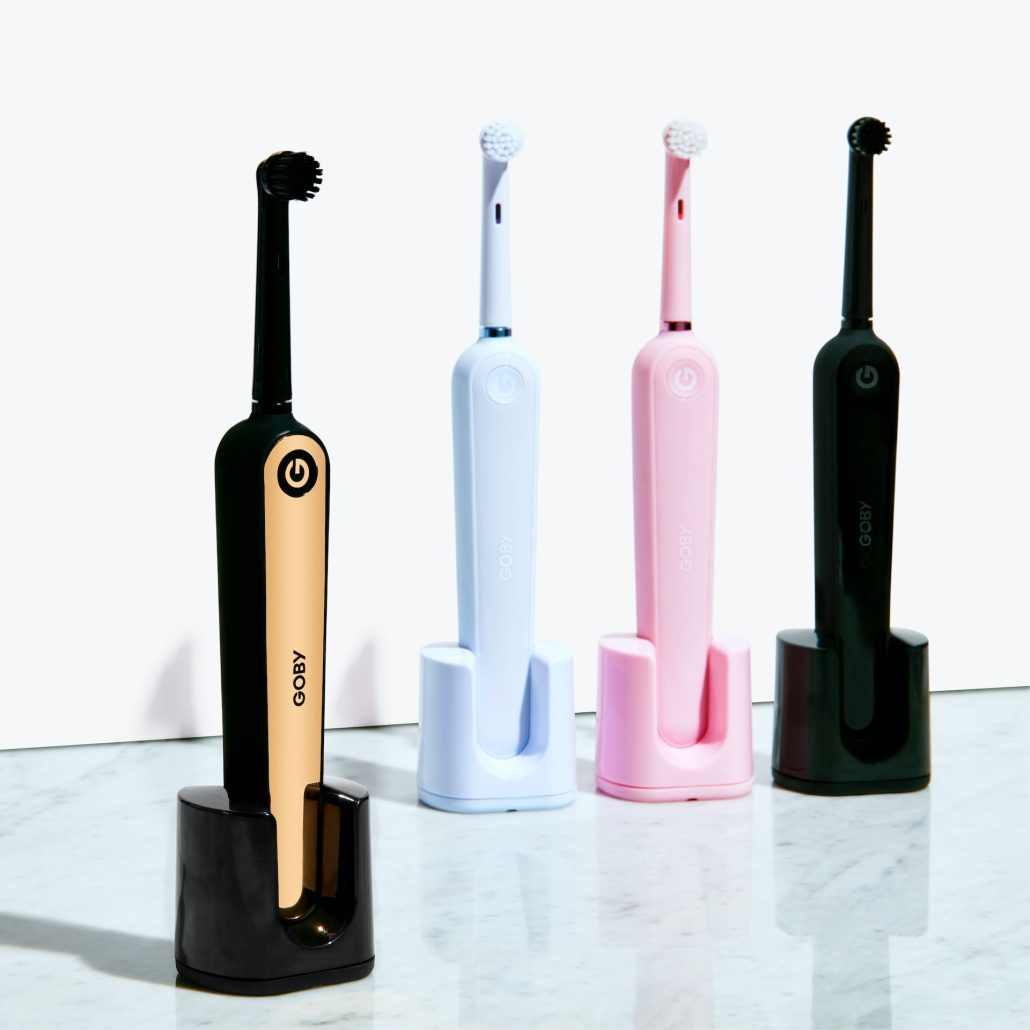
Step-by-step guide to brushing with braces
Maintaining good oral hygiene with braces can be tricky. But, with the right techniques, it’s easy to keep your teeth and braces clean. Here’s how:
| Step | How to do it |
|---|---|
| 1 | Rinse your mouth with water to get rid of any food particles. This will make brushing more effective. |
| 2 | Use a soft-bristled toothbrush and toothpaste with fluoride. Brush at a 45-degree angle, aiming towards your gum line. |
| 3 | Move your brush in small circles, focusing on one section of your teeth at a time. Don’t forget the areas around brackets and wires, as they can trap food particles. |
| 4 | After each section, rinse your mouth. |
Flossing with braces is tricky. To clean between your teeth, use interdental brushes or water flossers. These tools can reach hard-to-reach areas and stop plaque from building up.
To make brushing even better, here are some tips:
| Tip | How to do it |
|---|---|
| 1 | Change your toothbrush every three months, or when the bristles start fraying. |
| 2 | Use an electric toothbrush – it cleans around brackets and wires better. |
| 3 | Try a fluoride mouthwash. It strengthens enamel and prevents cavities. |
By following these steps and recommendations, you can keep your teeth healthy and your orthodontic treatment successful. Regular brushing and proper dental care will keep your teeth and braces in good condition.
Additional tips for maintaining oral hygiene with braces
When it comes to braces, there are some extra steps to take for oral hygiene. Here are five tips:
- Brush after every meal. This helps remove food particles stuck in brackets or wires.
- Interdental brushes can help clean between brackets and wires.
- Floss daily. Use a floss threader or special orthodontic floss.
- Rinse with antimicrobial mouthwash. Kills bacteria and reduces plaque.
- Visit your orthodontist regularly. Check-ups and advice.
Also, consider fluoride mouthwash or special toothpaste.
In ancient times, metal bands were used to align teeth. Hygiene was important to prevent decay and gum disease.
Conclusion
Brushing is crucial for good oral hygiene, especially when wearing braces. So, make sure to follow a systematic approach for thorough cleaning. Start with rinsing your mouth. Then, use a soft-bristled toothbrush and fluoride toothpaste to clean all surfaces of your teeth. Pay special attention to the brackets and wires. Reach hard-to-reach areas with an interdental brush or floss threader. Rinse again and check for any remaining debris. Also, stay away from sticky or hard foods that can damage the braces.
We’ve discussed the importance of proper brushing techniques when wearing braces. Cleaning the teeth, brackets, and wires is essential for good oral hygiene. By following the above approach, you can remove plaque and prevent tooth decay.
Be sure to have regular dental check-ups while wearing braces. Your orthodontist will monitor the progress of your treatment and give advice on oral care.
Good oral hygiene with braces requires consistent effort and attention to detail. Follow these guidelines and consult your orthodontist for a healthy smile while undergoing orthodontic treatment.
Pro Tip: In addition to regular brushing, use an antimicrobial mouthwash recommended by your orthodontist for extra protection against plaque buildup and gum inflammation.
Frequently Asked Questions
1. How often should I brush my teeth with braces?
It is recommended to brush your teeth with braces at least three times a day, after every meal if possible. This ensures that food particles and plaque are removed, reducing the risk of tooth decay.
2. What type of toothbrush should I use with braces?
It is best to use a soft-bristled toothbrush with a small head. This helps you reach all the nooks and crannies around the braces and gums. Electric toothbrushes can also be effective in removing plaque.
3. How should I brush my teeth with braces?
Start by rinsing your mouth with water to loosen any food particles. Then, apply toothpaste to your toothbrush and hold it at a 45-degree angle to the gum line. Gently brush in a circular motion, ensuring the bristles reach all surfaces of the braces, teeth, and gums.
4. Should I use special toothpaste or mouthwash?
While not necessary, using fluoride toothpaste can provide extra protection against tooth decay. Mouthwash can also be used to rinse your mouth after brushing, but it should not replace brushing or flossing.
5. Can I still floss with braces?
Yes, flossing is crucial even with braces. Use a floss threader or orthodontic floss to navigate between the wires and brackets. Make sure to floss carefully around each tooth and under the gum line to remove any trapped food particles.
6. Are there any additional tools I can use?
Interdental brushes and water flossers can be helpful in cleaning hard-to-reach areas around braces. Your orthodontist can recommend specific tools based on your needs.
